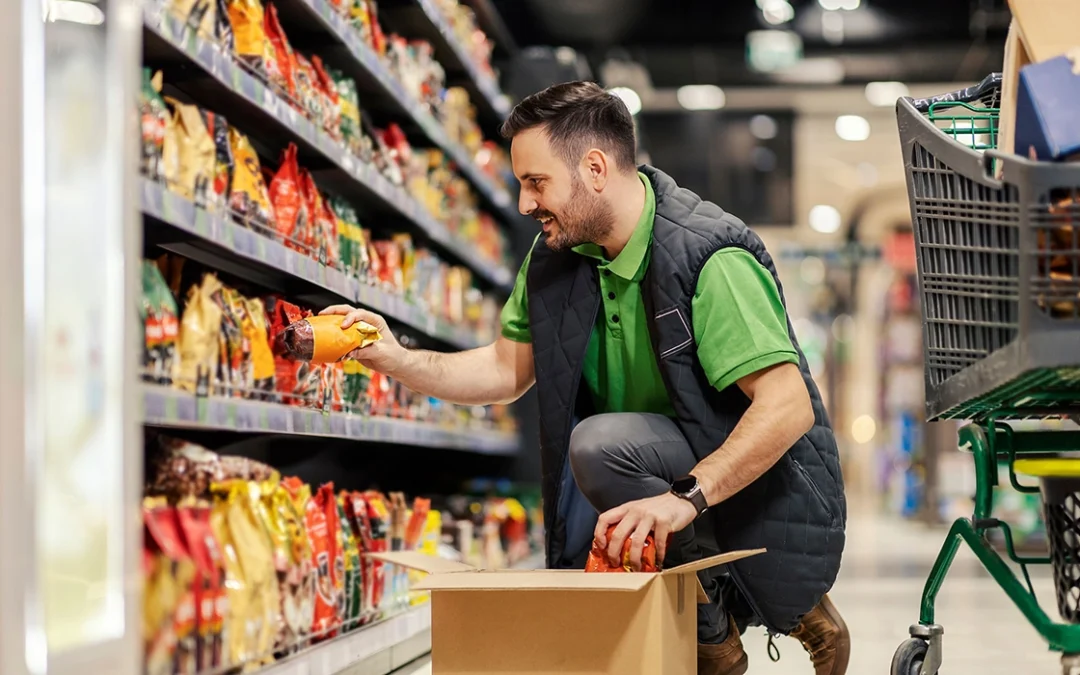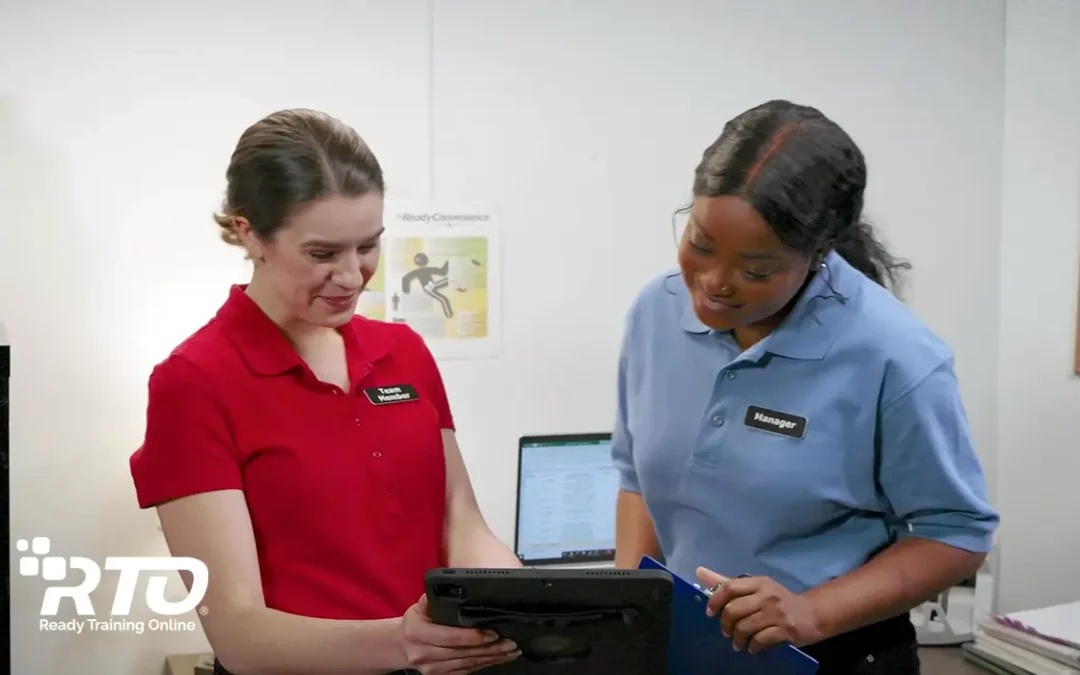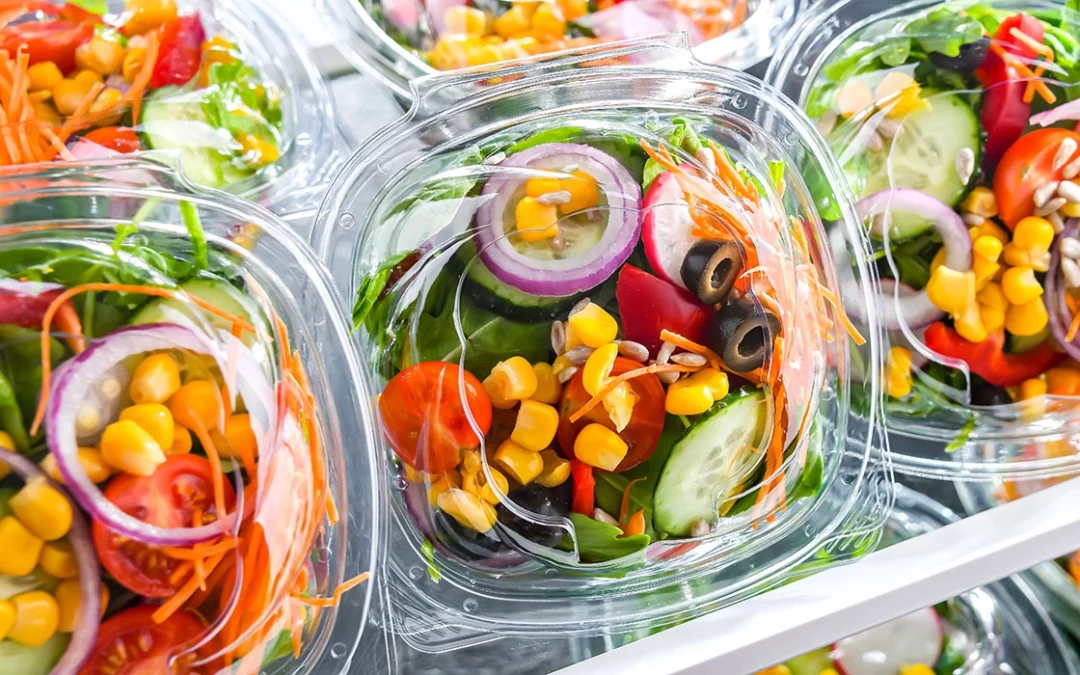Profitability, at its core, is a very simple concept – your gains must be greater than your losses. In a convenience store, how much you make in net sales can be easily wiped out by too many losses. Loss prevention is just as important as sales generation. In almost all cases, people cause loss: employees, customers, or vendors. And in almost all of these cases, loss can be prevented.
Receiving Strategies for Loss Prevention
In most c-stores, you have deliveries coming into the store every day. Vendors are partners in a c-store’s profitability, but they can also be the reason for some loss. Training your managers and employees in effective receiving strategies will prevent errors and theft that can occur during deliveries. Follow these guidelines:
- Treat vendors professionally. Even though you might get to know some delivery people over time, keep the relationship strictly professional. Never accept any free products from vendors, or offer them anything for free from the store.
- Always check-in a vendor in a neutral area. For example, check in a chip vendor away from the chip aisle. Vendors could commit fraud by taking items off the shelf and placing them in the delivery case. The vendors would then the store for items that have already been paid for.
- Always look inside each case and count the items. Never assume that all cases are full unless you can visibly see them.
- When you check in the vendor, you must touch each product type as you count each item. Don’t let vendors count for you. This will become confusing and they may count faster than you can locate the product on the invoice. Make a checkmark by the item you count it.
- Make sure the items are the size, pack, and flavor indicated on the invoice. Receiving the wrong item can make a big difference in the cost of the product.
- Once you have accounted for all of the product, sign for the invoice, give a copy to the delivery person and store your copy in the proper place.
- Observe and follow-up with the vendor to ensure that they have completed stocking their products and storing any excess inventory in the proper area. Check any items they are removing from the store.
- Always inspect products for quality. If they are damaged or appear to be spoiled, send them back at the time of delivery. Have the vendor fill out a separate credit slip.
Properly receiving items is just one piece of your store’s overall loss prevention strategy. Remember, following proper procedures will help minimize loss and improve profitability.
Loss Prevention Training for C-Stores
The Ready Convenience Loss Prevention Training Workshop covers general loss prevention and robbery deterrence strategies. Watch the video below or click here for more information.





